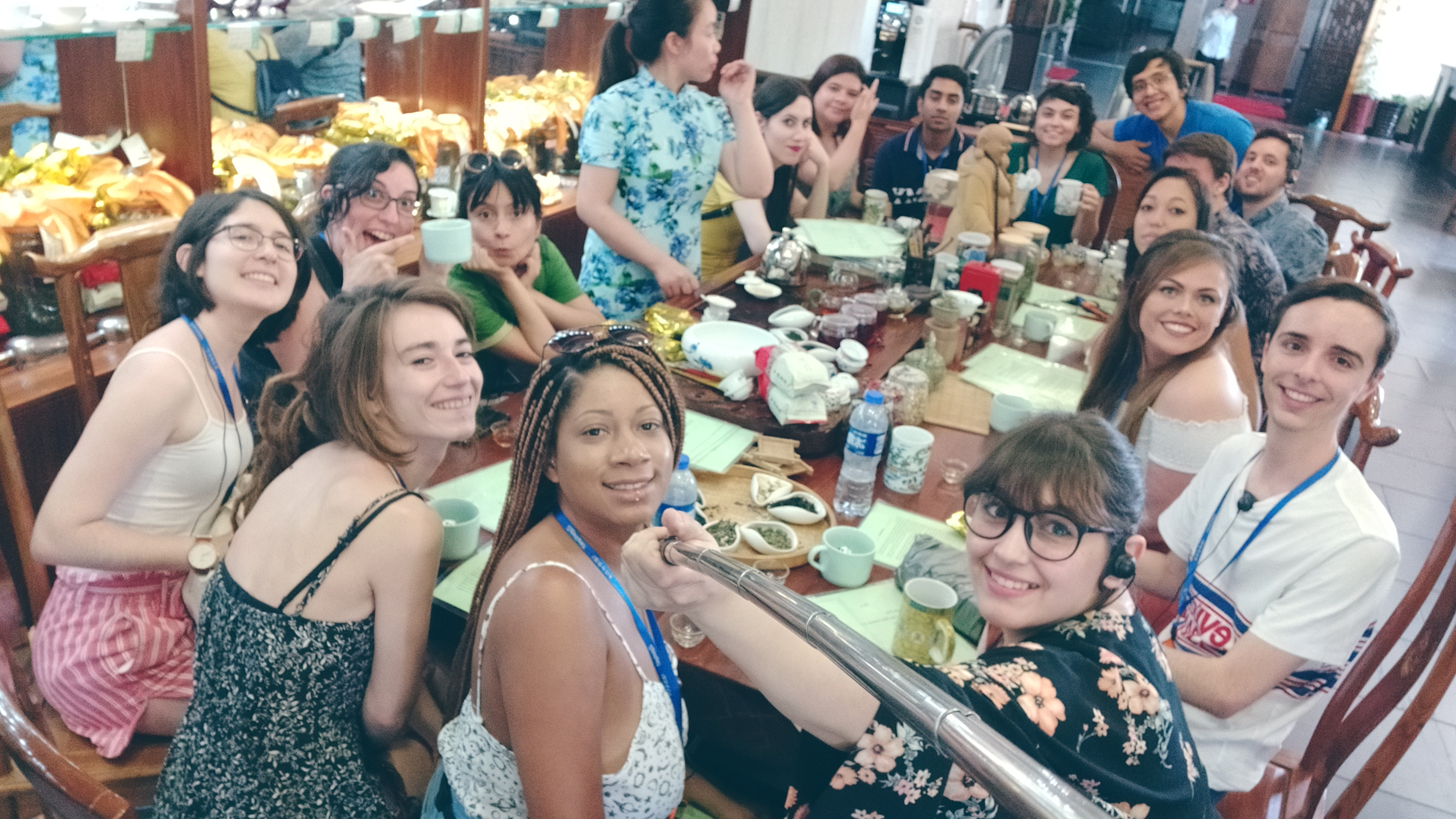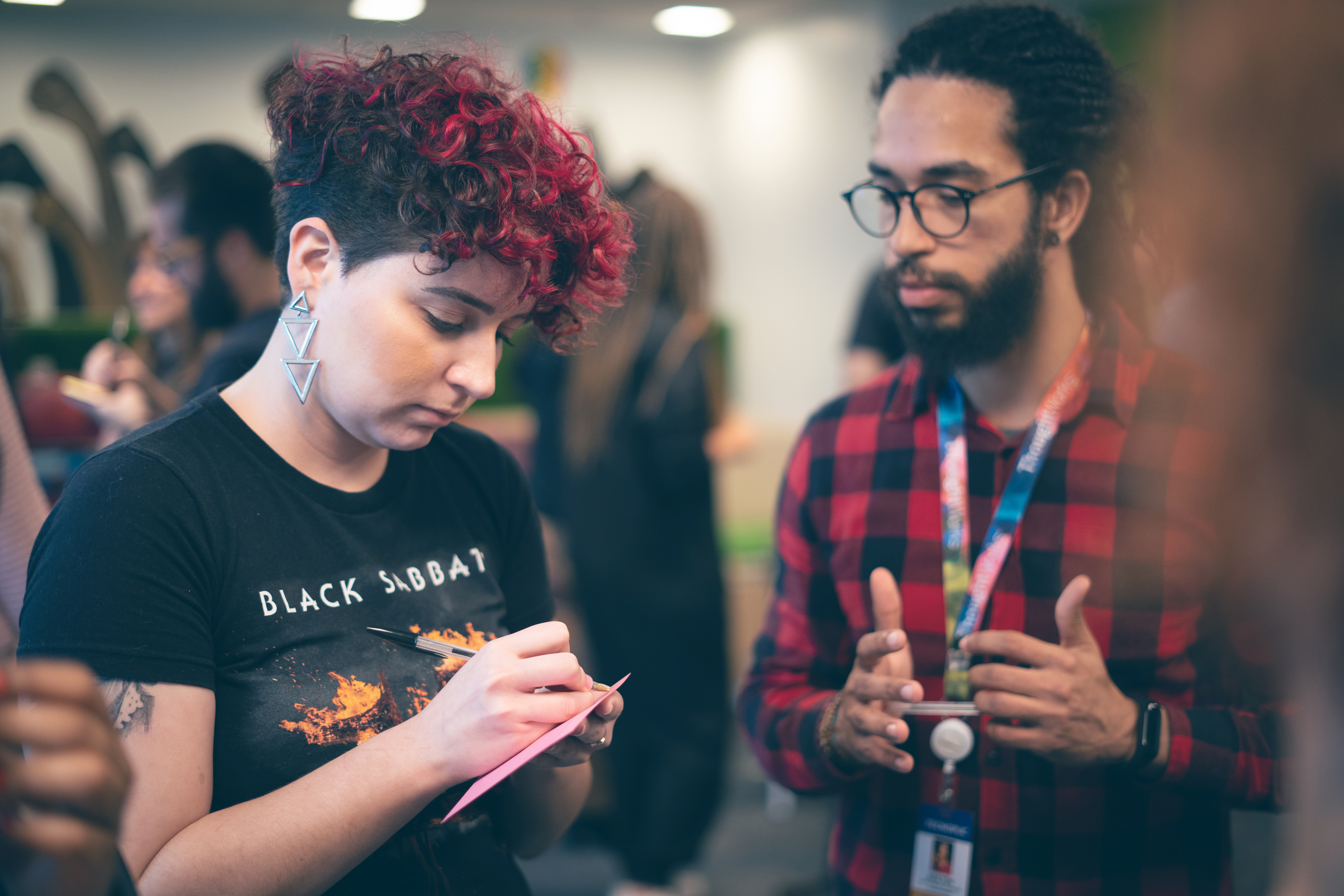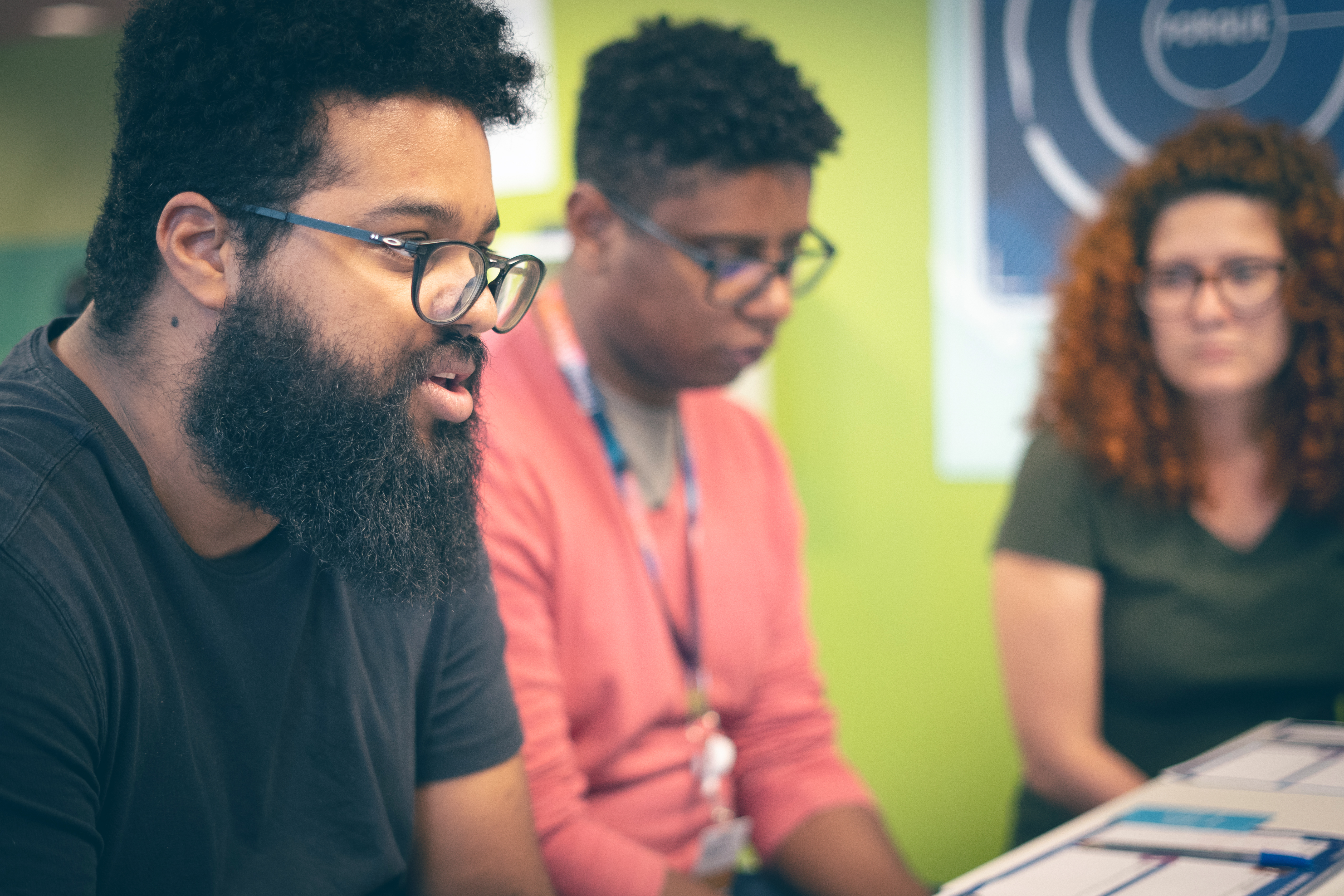An ultimate goal of diversity, equity and inclusion professionals the world over is to create meaningful equity and a genuine sense of belonging in their organizations. We acknowledge that this goal can often be a moving target, making it difficult to complete and consistently measure. So instead, we create smaller individual goals that break this down and provide many more achievable steps towards it. These individual goals act as beacons on the journey toward equity, and achieving any one of those milestones is an opportunity to reflect. Here, we step back and look at the journey we've been on to reach our 40% women and underrepresented gender minorities in tech (WUGM) in tech goal — and where we go from here.


We believe being a diverse and inclusive organization is core to who we are. And while we strive to ensure diversity across many dimensions of our community, one of our main global focus areas has been WUGM.
In 2019, we set an organization-wide goal to be 40% WUGM in technologist roles by the end of 2022. We defined technologist as anyone who is actively participating in the creation of software; it includes nearly all of our consultants, as well as technologists in operational departments.


Why was it so important to be specific about technologists? Why not just track our overall population’s gender diversity? The answer is that we firmly believe that software should be imagined and created by diverse teams. Only by being specific could we ensure this would be an achievable outcome.
When we set this goal, we recognized that while metrics are an important way to remain on track and to hold ourselves accountable, they aren’t enough on their own. Genuine progress towards diversity and inclusivity comes from weaving those things into our everyday actions, business priorities and culture.
So, now that we have celebrated this milestone, we have to reflect on the journey to get here and ask ourselves: ‘What next?’
Our journey to being a diverse and inclusive organization
We have a strong history of championing women and underrepresented gender minorities in the technology industry, from the appointment of our CTO Rebecca Parsons to the many communities, events, talks and mentoring engagements Thoughtworkers take part to connect with technologists all over the world.


It's important for us to go beyond a conventional way of measuring our commitments. In addition to our metrics, we look deeply at the gender composition of teams, what roles women and underrepresented gender minorities are playing on them and how we can proactively train on bias. We have also created programs like WiLD (women in leadership development) to ensure we focus on our emerging and developing WUGM leaders and can support them through their growth and progression at Thoughtworks.
What’s next?
In short, many things follow the achievement of this milestone, all of which are focused on achieving equity. Of course, we want to keep challenging ourselves to increase the representation of WUGM in the Thoughtworks’ global community. So, as we plan ahead for this new year and beyond, we are exploring a number of opportunities to improve what we measure and therefore report.
A significant part of this includes a re-evaluation of the WUGM metric itself. While initially helpful to align and organize Thoughtworks global actions that culminated in this achievement, this collective metric does not effectively provide equitable representation of cis-women, non-binary and trans Thoughtworkers.
At the global level, we’re also striving to improve inclusion and belonging for people with disabilities and neurodivergent talent. This includes exploring global and regional policies, programs and external partnerships. As with the re-evaluation of our WUGM metric, one of the primary challenges we’ll have to address is the legal and individual limitations on employee privacy and personal data protections, especially for self-identification and/or self-disclosure in the workplace.
At the regional level, we continue to drive diversity beyond our global WUGM goal, with additional focus on under-represented groups that are the most relevant locally. In Australia, for example, our focus is First Nations people, and in Brazil, North America and the UK, we have had a focus on racial diversity for many years.
And, as always, we continue to examine how we’re doing on issues of inclusion, belonging and equity more specifically. This includes efforts on pay equity, equitable career progression and leadership development opportunities.


















